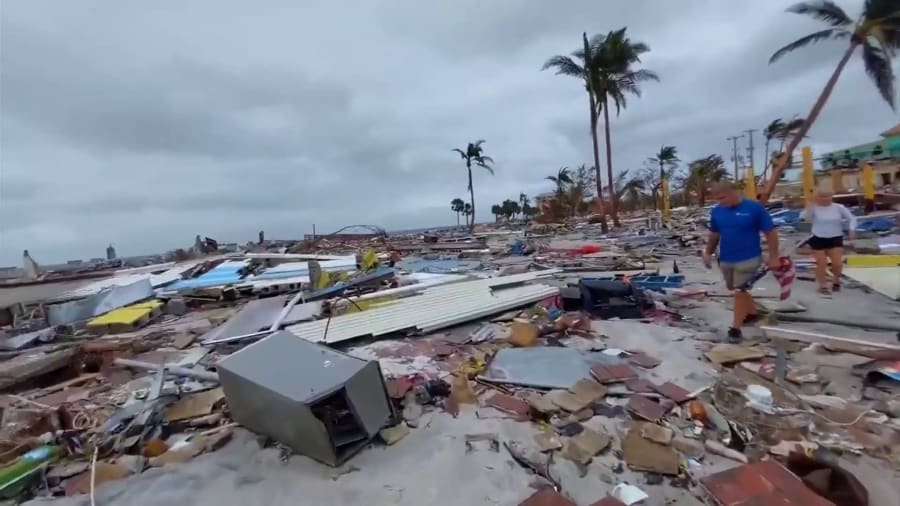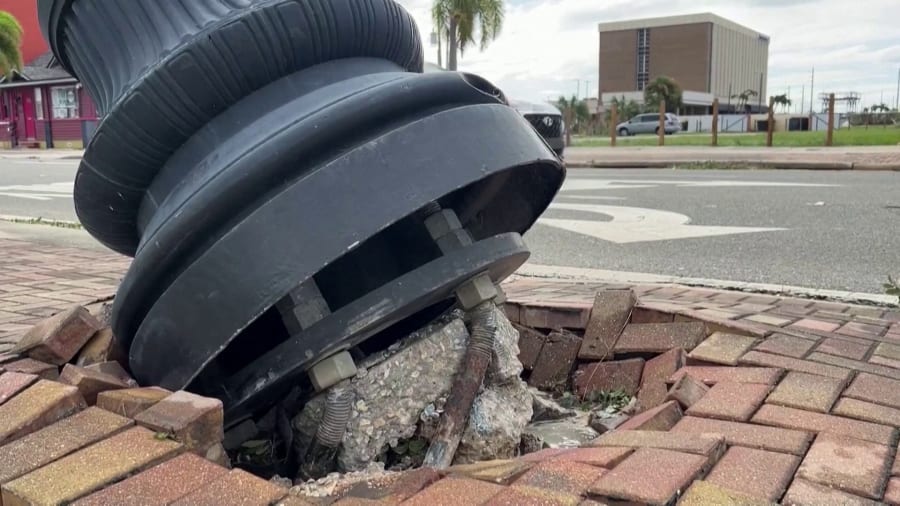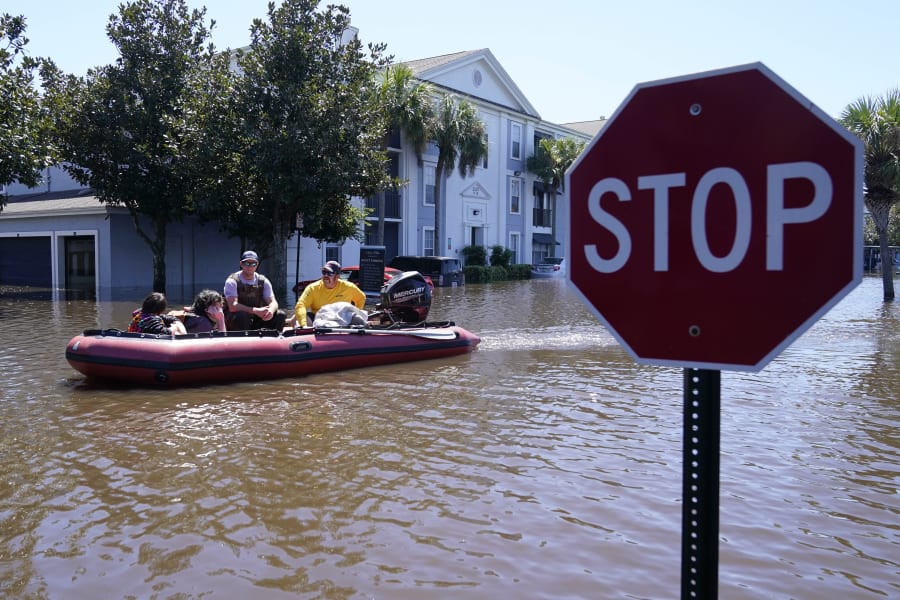JACKSONVILLE, Fla. – Wednesday marks two weeks since Hurricane Ian made landfall in Southwest Florida.
The storm was devastating to the area, with far-reaching impacts across the state.
Recommended Videos
While research on Ian and its impacts is just beginning, here’s what we have learned so far about the storm:
Deadliest storm since Katrina
Unfortunately, the death toll from Ian is the highest from a hurricane in the United States since Katrina in 2005.

More than 100 people have died so far from the storm in Florida, making it the deadliest storm in the state since the infamous 1935 Labor Day hurricane, which slammed the Florida Keys.
Five deaths in North Carolina and a single death in Virginia also have been reported as being related to Hurricane Ian.
Katrina caused over 1,800 fatalities in 2005 after slamming coastal Mississippi and causing massive levee failures in New Orleans.
Storm surge was the biggest issue
It is becoming apparent the most powerful part of Ian was its storm surge.
Early surveys by meteorologists from the National Weather Service in Southwest Florida indicate a storm surge of 8 to 15 feet did occur along the barrier islands of Lee County.
This means water climbed into the second story of many homes and businesses in the beach communities.
The surge was also pushed well inland, flooding portions of downtown Fort Myers.
Storm surge is the biggest threat with all hurricanes, but Ian’s storm surge has proven to be especially lethal.
Of the over 100 deaths in Florida, more than half were the result of drowning.
Some homes and structures held up well with Ian’s winds
Ian’s winds were the strongest seen in Florida since Hurricane Michael slammed the Panhandle region in 2018.

While reliable wind data is unavailable during the worst of the storm, doppler radar velocities indicate winds well above 100-plus mph occurred in western Lee, Charlotte and DeSoto counties.
Despite the winds, some homes and structures held up fairly well.
Many homes, including those on the barrier islands of Sanibel and Captiva, did not see significant structural damage.
This is a testament to Florida’s very strong building codes put in place as a result of Hurricane Andrew in 1992. It is also verification that structures built properly can survive intense winds.
Unfortunately, wood-frame structures did not fare well with Ian. And many manufactured homes were completely destroyed by the high winds.
Historic flooding in inland areas

While the headline with Ian will always be storm surge and extreme winds, the flooding was significant and will be remembered for some time.
Ian dumped over 10 inches of rain across a swath of Southwest and Central Florida, with some areas receiving nearly 20 inches of rainfall.
The heavy rains produced historic flooding in Metro Orlando, which resulted in water rescues and significant damage to homes and vehicles.
Hundreds of millions of dollars in damage have already been reported, with figures likely climbing higher in the coming weeks.
Recovery is already beginning
Despite the devastation in parts of the state, recovery is already underway.

Power continues to be restored, with approximately 4,000 residents still without power. This is primarily in the hardest-hit areas in Southwest Florida.
A temporary bridge has been built in western Lee Co. to connect Pine Island to the mainland once again.
On Tuesday, a temporary land route was established on the Sanibel Causeway, allowing power crews and construction equipment to enter Sanibel and Captiva islands for the first time by road.
Full vehicular traffic for residents is expected to return to the islands in late October.
Engineering and structural surveys are also underway to begin rebuilding plans.
More research to be done
There remain many questions about Ian and why its impacts were so powerful and so devastating.
Why did the storm intensify so quickly before landfall? Why was the storm surge so extensive? What can be done to mitigate such threats in the future?
The answers to these questions are likely months, if not years, away.
It is clear Ian will go down as a historic storm, one that will be talked about for generations to come.




